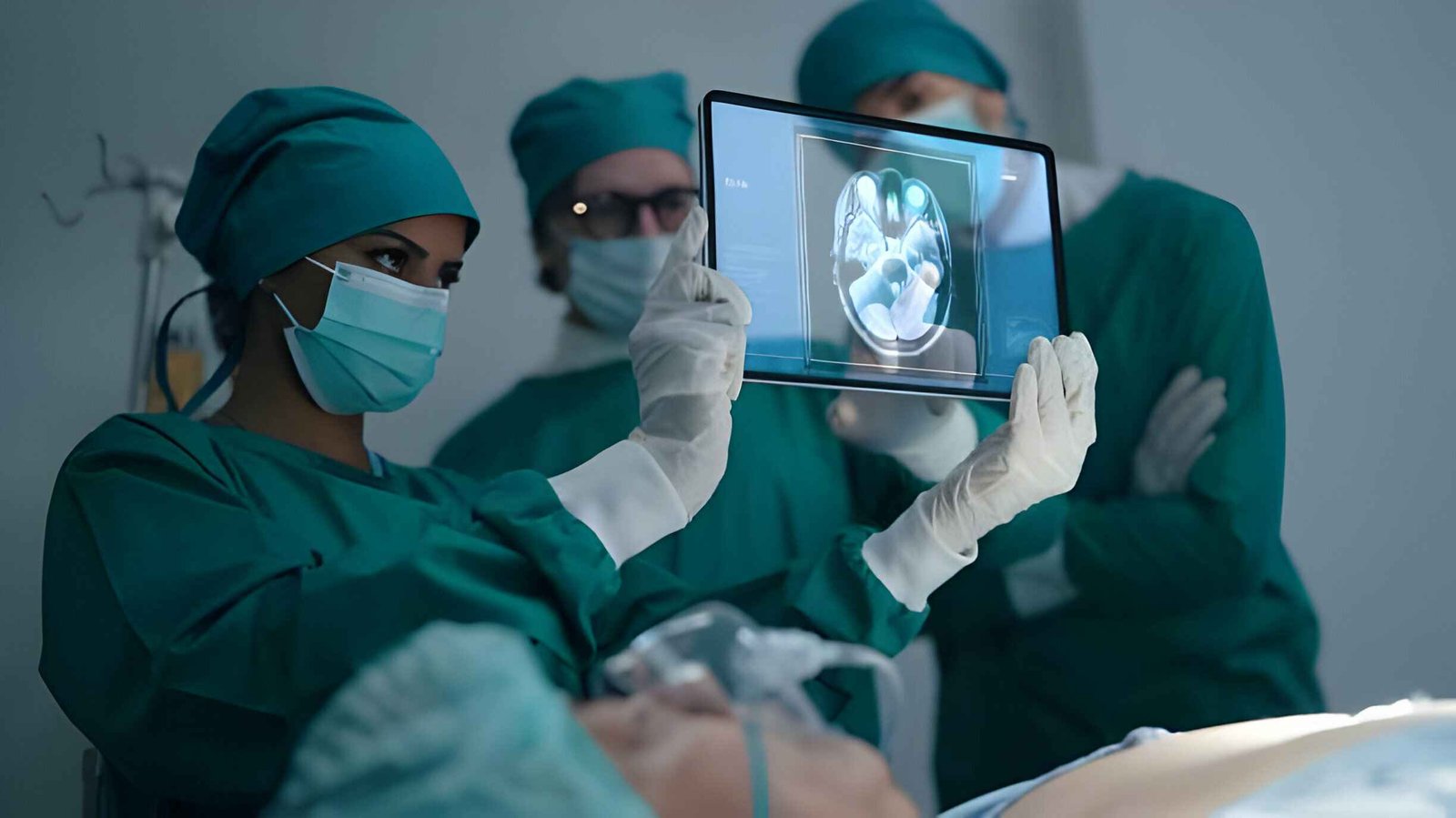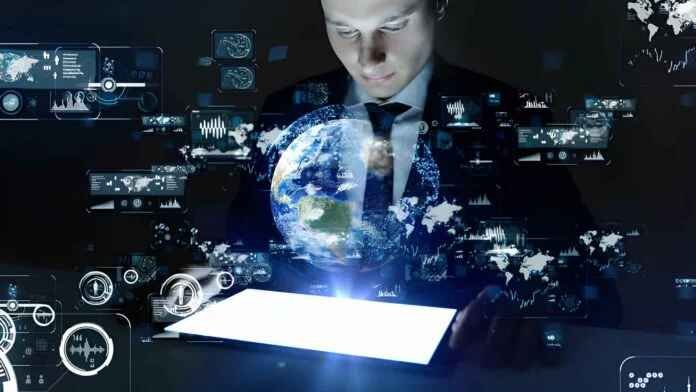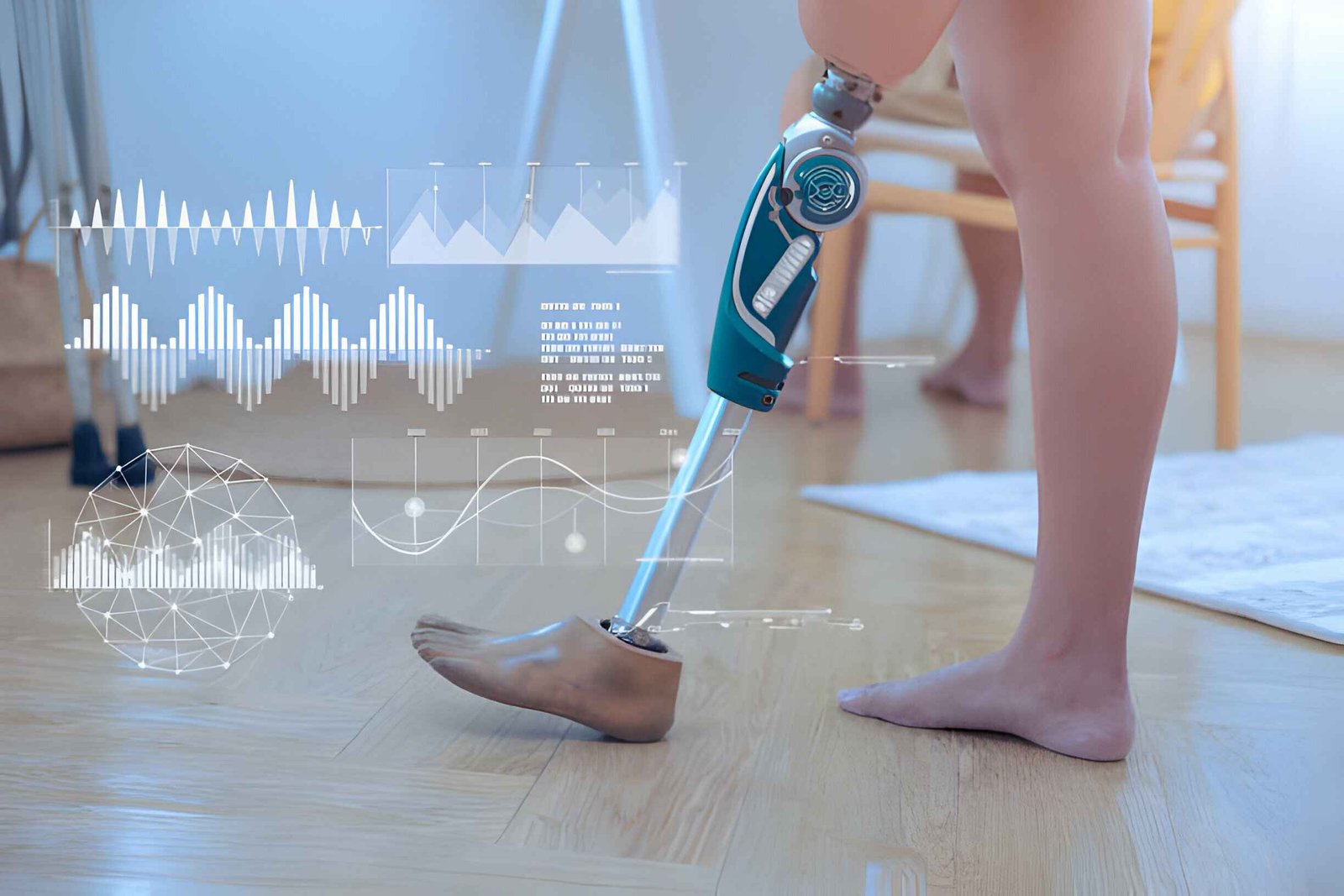Technology has become an integral part of our daily lives and revolutionizing various aspects of society, including the way we work. The modern workplace has undergone significant transformations due to advancements in technology, impacting productivity, communication and collaboration, and overall efficiency. In this comprehensive exploration and we delve into the profound effects new technology has had on the modern workplace and how it continues to shape the way we work.
Enhanced Communication and Collaboration
The advent of digital communication tools such as email and instant messaging, & video conferencing has revolutionized how teams collaborate and communicate within organizations. These technologies have broken down geographical barriers and allowing employees to collaborate seamlessly across different time zones & locations. Real-time communication tools facilitate quick decision-making and faster problem-solving, & increased productivity.
Additionally and collaborative platforms & project management software enable teams to work together on projects and share documents, and track progress in real time. This level of connectivity & collaboration has transformed traditional office dynamics and making remote work & global teams more viable and efficient than ever before.
Flexibility and Remote Work
New technology has facilitated the rise of flexible work arrangements and including remote work options. Cloud computing, virtual private networks & remote desktop solutions have made it possible for employees to access company resources and work from anywhere with an internet connection. This flexibility has numerous benefits, including improved work-life balance and reduced commuting time, & access to a broader talent pool.
The COVID-19 pandemic further accelerated the adoption of remote work and prompting organizations to invest in technologies such as virtual meeting platforms and collaboration tools, & cybersecurity measures to support remote teams effectively. As a result, many companies have embraced hybrid work models, combining remote and in-office work and to accommodate diverse employee preferences & optimize productivity.
Automation and Artificial Intelligence
Automation and artificial intelligence have transformed repetitive & time-consuming tasks in the modern workplace. Robotic process automation streamlines workflows by automating manual processes, reducing errors, and increasing operational efficiency. AI-powered tools, such as chatbots and virtual assistants and improve customer service and automate responses to inquiries, and enhance user experiences.
Furthermore, AI & machine learning algorithms analyze large datasets to generate valuable insights, aiding decision-making processes across various departments and including marketing, finance, & human resources. These technologies not only save time & resources but also empower employees to focus on high-value tasks that require creativity and critical thinking.
Data Security and Privacy
With the proliferation of digital data and cybersecurity has become a top priority for organizations. New technologies and such as encryption protocols, firewalls, and biometric authentication systems, help safeguard sensitive information from cyber threats and unauthorized access. Data privacy regulations, such as the General Data Protection Regulation & the California Consumer Privacy Act and require organizations to implement robust security measures & prioritize user privacy.
Additionally, remote work arrangements necessitate secure networks and endpoints to protect company data from potential breaches. Cloud security solutions & identity management systems play a crucial role in ensuring data security & compliance with regulatory requirements, fostering trust among employees, customers, & stakeholders.
Virtual Reality (VR) and Augmented Reality (AR)
Virtual reality & augmented reality technologies are transforming training, simulation, & immersive experiences in the modern workplace. VR enables employees to participate in virtual training sessions, simulations, & collaborative environments, enhancing learning outcomes and reducing training costs. AR applications enhance productivity by overlaying digital information onto the physical environment, facilitating tasks such as maintenance, assembly, and remote assistance.
Industries such as healthcare, manufacturing, and education are leveraging VR & AR to revolutionize training programs, improve operational efficiency, and deliver engaging experiences to employees and customers alike. These technologies bridge the gap between physical & digital worlds, unlocking new possibilities for innovation and growth.
Evolving Workforce Dynamics
The integration of new technologies has also influenced workforce dynamics and skills requirements. Digital literacy, adaptability, & continuous learning have become essential skills for employees in the modern workplace. Upskilling & reskilling initiatives are necessary to equip workers with the knowledge and competencies needed to thrive in a technology-driven environment.
Furthermore, the gig economy and freelance platforms have expanded opportunities for independent contractors and remote workers, offering flexibility and diverse projects across industries. Collaborative tools and online marketplaces connect freelancers with clients globally, creating a dynamic ecosystem of talent and expertise.
Conclusion
The impact of new technology on the modern workplace is profound and multifaceted, reshaping how we communicate, collaborate, & conduct business. From enhanced communication and remote work capabilities to automation, AI, & immersive technologies, the evolution of the workplace is characterized by innovation, efficiency, and adaptability. As organizations navigate the digital age & embracing technological advancements and fostering a culture of continuous learning will be key to driving success and staying competitive in a rapidly changing landscape.





